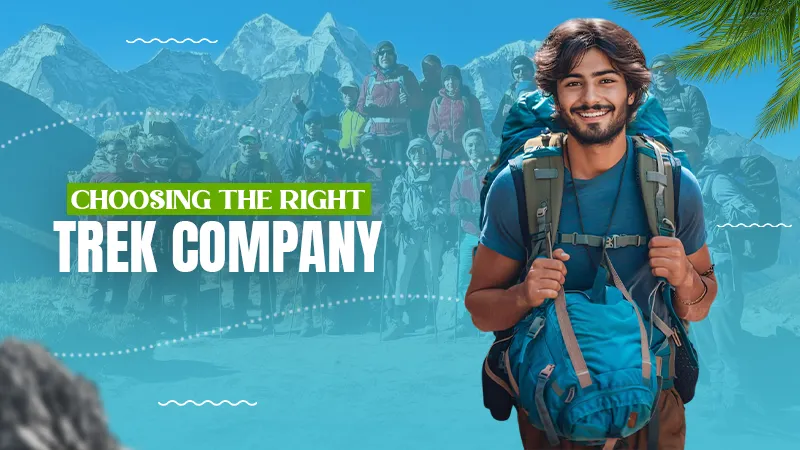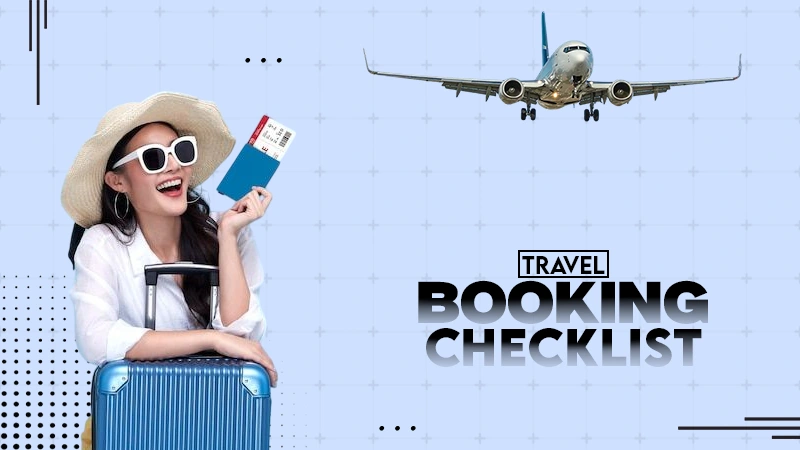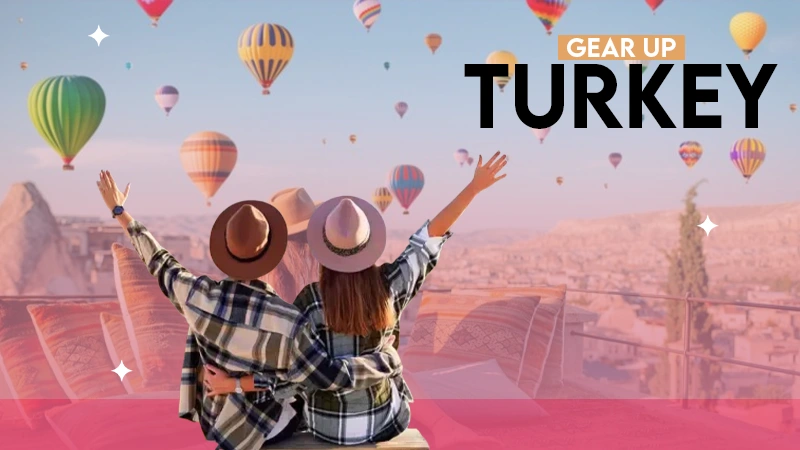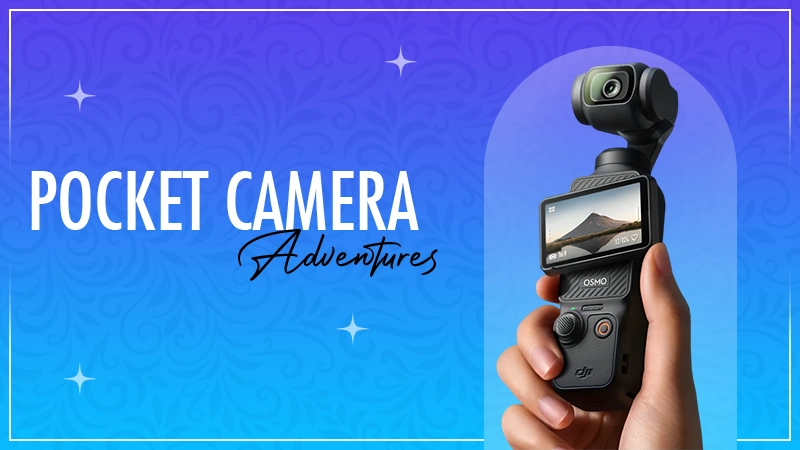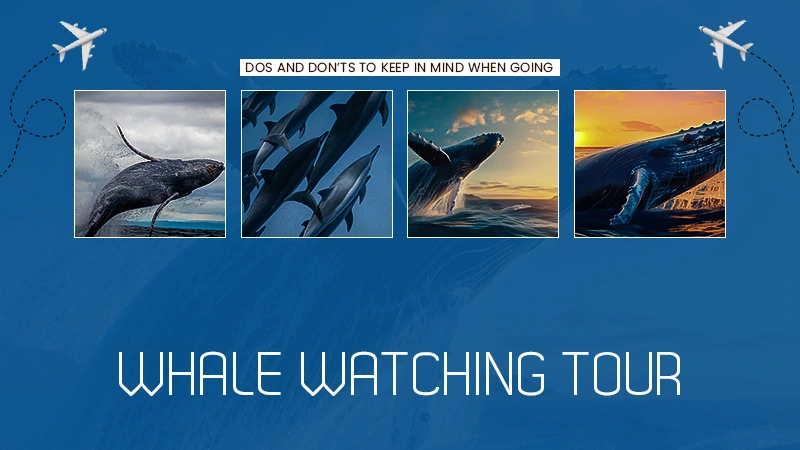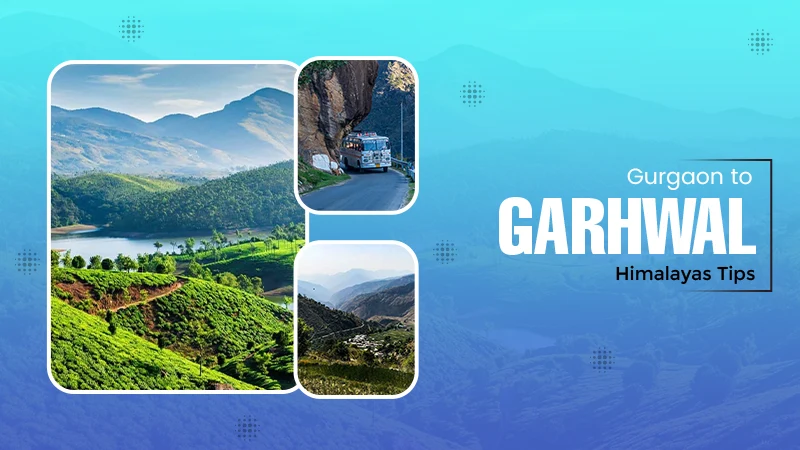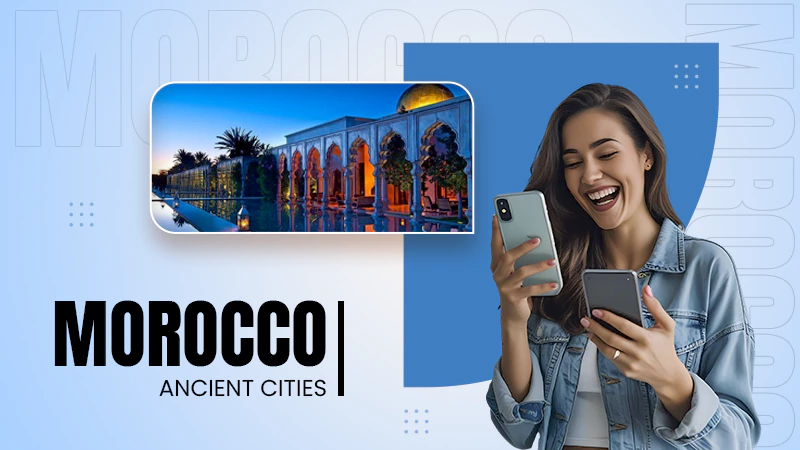
There is a unique form of travel regret that kicks in when you are bustling through ancient Fez, aware that you’re just skimming the surface.
You glimpse an artisan concentrating on his craft of zellige tile, smell the bread baking in the centuries-old communal oven, and hear the call to prayer bouncing off walls dating to the 9th century.
Then your tour bus is honking to take you to the next place on your checklist, somewhere that invites and rewards depth over breadth. Morocco believes in volume, its busy souks, rich history, and beautiful natural landscapes.
From Marrakech’s winding alleys to the towering Atlas Mountains have stories to tell that take time to unveil to a traveler, especially those two hours from lunch to your next hotel check-in.
The magic of Morocco is on a trip itinerary and a checklist to see.
KEY TAKEAWAYS
- The country’s intimate medinas are best explored by allocating several days per location.
- Spending extra time can help you see how crafts and businesses are organized.
- Spending time with locals in Berber villages provides authentic experiences.
- The best experiences often come from working with private tour operators that have established roots locally.
The Case for Slowing Down
Morocco rewards intensity over breadth. The country’s mountains, cities, and deserts have layers of history, culture, and daily life that reveal themselves slowly, not in the two hours between lunch and your next hotel check-in.
Take the medinas, for example. Yes, you can walk through Marrakech’s souks in the afternoon. But understanding the layout, how each neighborhood specialized in different crafts, how the tanners’ quarter was positioned downwind.
For obvious reasons, how water sellers still consist of the same corner their families have occupied for generations that takes someone who knows these streets intimately.
The same is applicable for Morocco’s natural landscapes. Sure, you can drive via the Atlas Mountains and take some photos. Or you can stop in a Berber village, share mint tea with a family who’s lived there for generations, and learn why they built their homes facing a specific direction, or how they predict weather patterns based on signs most of us would never notice.
What Makes the Difference
The great Morocco experiences I’ve had came when I stopped treating the country like a checklist and started using it like a place where people actually live complex, interesting lives.
This shift usually requires a different kind of tour operator, one that’s less interested in herding groups through photo opportunities and more invested in creating genuine connections.
I’ve found that firms rooted in Morocco itself, like morocco private tours, tend to understand this difference instinctively. When your guides are showing you their own country instead of performing a memorized script, the entire dynamic changes. They’re introducing you to their cousin who taking you to the hammam their grandmother used, runs an argan oil cooperative, or detouring because they know someone who makes incredible pottery in a workshop tourists never see.
This is not about “authentic experiences” in the marketing sense, it’s simply about having access to people who know a place deeply and personally.
The Practical Side
Besides the philosophical arguments for slowing down and going deeper, there are practical reasons to select operators with strong local roots.
They acknowledge which riads are genuinely atmospheric versus which ones just have good photographers. They understand seasonal variations—when the Dades Valley is most dramatic and when the coastal towns are pleasant versus packed. Or when you should really have reservations and when you can improvise.
They also navigate the inevitable complexities of travel with grace. When your flight is delayed, when a road is closed. In the case of festivals you wanted to see get rescheduled, these things happen less catastrophically when you are working with people who have relationships throughout the country and can adapt on the fly.
What This Looks Like in Practice
A well-designed private tour might spend three nights in Fes rather than the one, giving you time to explore the medina at different times of day. Just take a cooking class, visit the tanneries when the morning light is best, and still have an afternoon to simply wander without an agenda.
In the Sahara, instead of the standard “arrive at sunset, leave at sunrise” itinerary, you might spend two nights learning about nomadic traditions, trying your hand at sand boarding, or just sitting around a fire learning Berber songs.
The Atlas Mountains turn out to be more than a scenic drive; they’re a place to hike, meet locals, and understand how communities adapt to living at altitude. Maybe they can even help bake bread in a traditional clay oven.
The Investment Question
Is this approach more costly than a group tour? Usually, yes. Private tours with skilled guides cost more than being one of thirty people in a bus. But the value calculation is different when you are comparing a trip you wil remember in fragments versus one that actually shifted how you see a country.
Well, I have met travelers who have been to Morocco three or four times, each visit going deeper than the last. In fact, I have met others who checked it off their list and do not plan to return. The difference almost always comes down to how much space their first journey gave them to see beyond the surface.
Planning Your Approach
If you are considering Morocco, start by asking yourself what kind of traveler you are. See as much as possible in limited time, group tours work fine if you’re happy with highlights and want to.
But if you are someone who gets frustrated when you cannot stop to explore something interesting, who wants conversations rather than lectures and simply values understanding over coverage then it’s worth investing in a different approach.
Look for operators who ask questions about the interests, not just offering package itineraries. Pay attention to how they narrate Morocco. Observe: do they sound like they’re reading from a brochure, or do they sound like they are telling you about a place they love?
Final Thoughts
Morocco is having a moment right now in travel media, making it easier than ever to end up doing the same trip as everyone else.
The irony is that the country has enough depth and diversity to provide every traveler a genuinely unique experience when you are working with people who know how to craft that.
The most facilitating trips I have taken have felt less like executing an itinerary and more like being shown around by a friend. That is hard to quantify on a booking website; it is the difference between a good trip and one that stays with you.
Morocco merits more than a glance. Work with people who know it deeply, give it the time and attention it deserves, and you will leave understanding why some travelers become completely enchanted with this corner of North Africa.
Is it safe to visit Medina without a guide?
Yes, moving around freely is safe and encouraged for short periods. However, it is highly recommended to hire a local expert guide for dedicated exploration.
How much time should I give to Fes or Marrakech?
To get beyond the surface, plan to spend at least three nights in Fes and at least three to four nights in Marrakech.
Are private tours always necessary for slow travel in Morocco?
No, but they are often the most effective way to achieve depth.
Can locals cook food for me?
They may cook for you if they know you for a long time.


